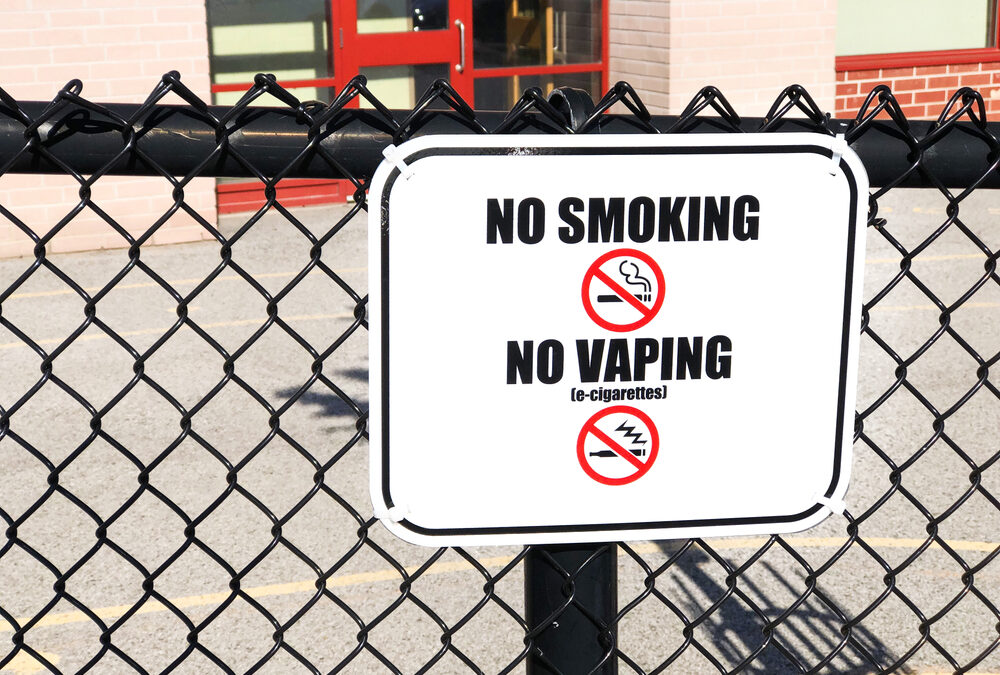In recent years, vaping has surged in popularity among teenagers, luring them into a potentially perilous trap. Initially marketed as a safer alternative to adult use of traditional cigarettes, vaping hidden dangers have woven their way into the fabric of adolescent culture. However, beneath the trendy facade lies a web of dangers threatening countless young individuals’ health and well-being. In this article, we’ll delve into the risks associated with vaping and explore actionable steps for teenagers to break free from this hazardous habit.
The Dangers of Vaping:
- Health Risks:
Vaping might be perceived as a “healthier” option compared to smoking, but that doesn’t make it safe. E-cigarettes contain harmful substances like nicotine, known to affect brain development in teenagers adversely. Additionally, the aerosol produced by e-cigarettes can contain toxic chemicals such as heavy metals, flavoring and preservative agents that harm the lungs, causing respiratory issues and potentially leading to long-term damage.
- Addiction:
The very addictive nature of nicotine is a significant concern for teenagers who vape. Breaking free from nicotine addiction is crucial for long-term health and well-being.
- Mental Health Impact:
Vaping doesn’t just pose physical threats; it can also impact mental health. Studies suggest a link between nicotine use and an increased risk of anxiety and depression in teenagers. Understanding the toll vaping takes on both the body and mind is essential for those seeking to quit.
How to Quit Vaping:
- Education and Awareness:
The first step towards quitting is understanding the risks involved. Teenagers should educate themselves about the harmful effects of vaping on their health. Recognizing that vaping is not a harmless trend but a potential threat is crucial for a successful quit attempt.
- Seek Support:
Breaking free from vaping is a challenging journey, but it becomes more manageable with a support system. Teens should confide in friends, family, or school counselors, sharing their struggles and aspirations to quit. Having a support network ensures people are cheering them on and ready to lend a helping hand.
- Explore Healthy Alternatives:
Instead of turning to vaping during moments of stress or boredom, teenagers can explore healthier alternatives. Engaging in physical activities, practicing mindfulness, or pursuing hobbies can be positive distractions, redirecting their focus away from the urge to vape.
- Professional Help:
For those finding it incredibly challenging to quit, seeking professional help is a viable option. Therapists and counselors can provide tailored strategies to cope with addiction, addressing the underlying issues that contribute to the habit. Additionally, teenagers and young adults need medical help to overcome physical withdrawal symptoms and psychological addiction.
While vaping might seem like a harmless trend, the dangers it poses to teenagers are far-reaching. From physical health risks to the threat of addiction, the need to quit vaping is urgent. By educating themselves, seeking support, exploring alternatives, and, if necessary, reaching out for professional help, teenagers can reclaim their health and break free from the grip of vaping. The journey to a vape-free life is challenging and a step towards a healthier, happier future.
Visit Erlanger’s SmokeBGone Clinic HERE








